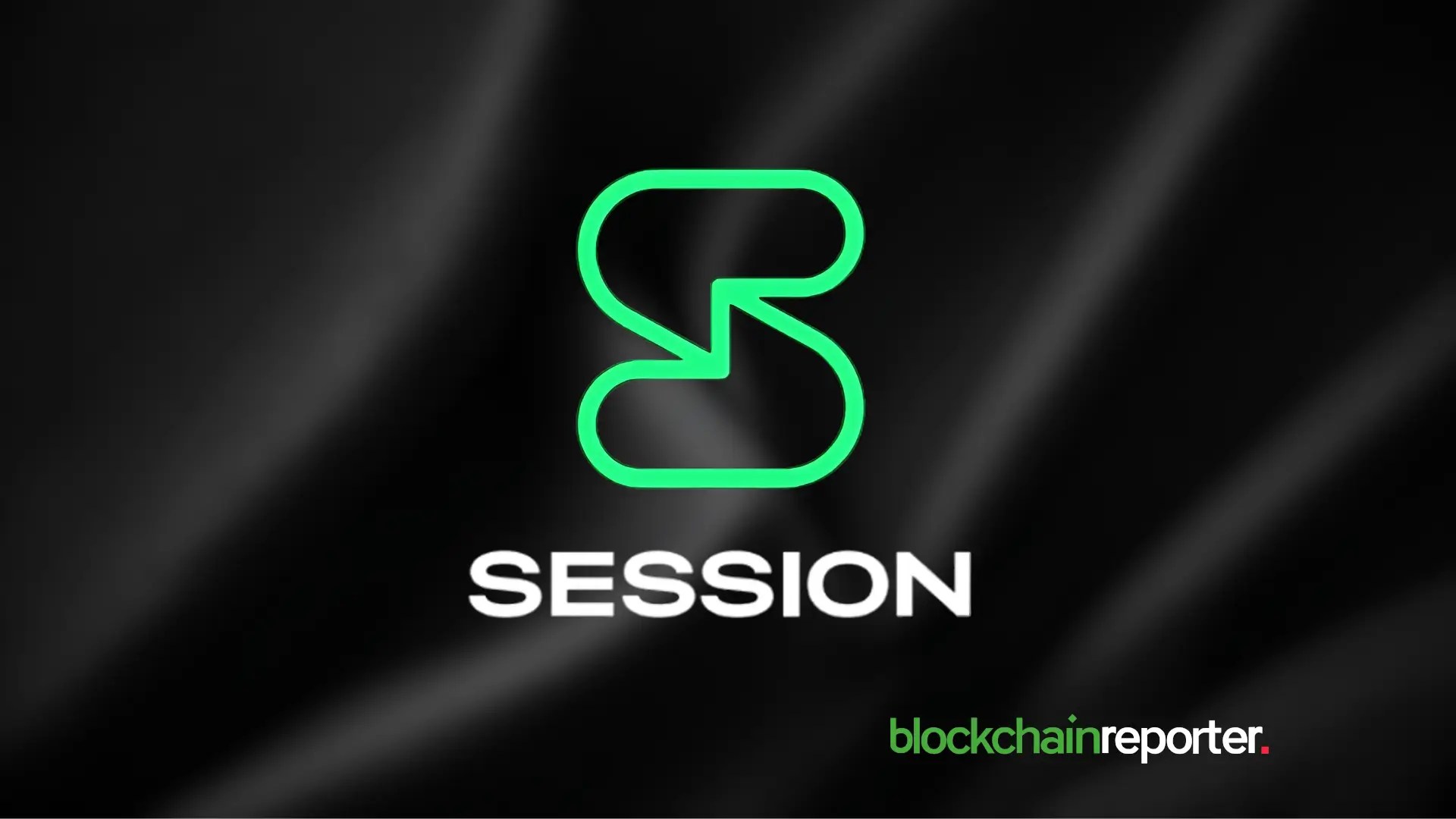The post **From Outages to Uprisings: How Session Became a Lifeline for Free Speech** appeared on BitcoinEthereumNews.com.
Your foundation describes Session as “designed to protect privacy, robustness through decentralization, and choice through interoperability.” Can you walk us through the core architectural decisions that make Session resilient to government blocks and centralized outages?
—
### A Decentralized Design to Avoid Single Points of Failure
Session is built from the ground up to avoid single points of failure. Instead of relying on a single server to send messages, traffic moves across a community-run network of thousands of independent nodes. This means there is no centralized “pot” of messages that can be monitored or breached.
Nodes only hold messages temporarily while a user is offline. Since content is protected with end-to-end encryption, even when a node stores a message briefly, it cannot read or access it. Messages automatically expire after a set time or are deleted once read, preventing long-term storage anywhere on the network.
—
### Layered Security with Onion Routing
Session also uses onion routing, a layered encryption method similar to Tor. Each message is wrapped in multiple encryption layers and relayed through several nodes. Each node peels off one layer before forwarding the message.
This design ensures that no single node ever knows both the sender and the recipient. Even if a node is compromised, it cannot reveal the sender, recipient, or content of the messages.
—
### Privacy-First Account Creation
Account creation on Session requires no personal details—no phone numbers or emails. Accounts are generated cryptographically, so there is no direct link between a Session ID and a real person. This protects users even in the event of an external data breach.
—
### Combining Technologies for Maximum Resilience
By combining decentralization, short-term message storage, strong end-to-end encryption, and anonymous onion-routed delivery, Session remains resilient to government censorship and centralized outages while keeping user privacy intact.
—
### Balancing Censorship-Resistance and User Experience
Session uses onion routing and a decentralized network rather than a single server model. What are the biggest technical trade-offs you face between censorship-resistance and user experience, particularly regarding latency, message delivery guarantees, and onboarding friction?
Historically, onion routing is associated with slow connections and long load times. However, Session’s onion routing… *(the article continues)*
https://bitcoinethereumnews.com/tech/from-outages-to-uprisings-how-session-became-a-lifeline-for-free-speech/
